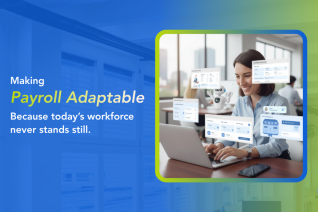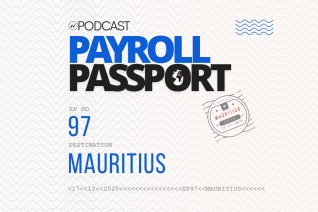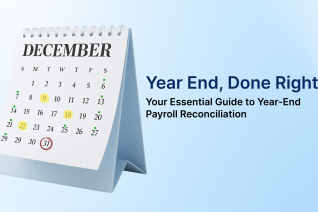Diversity and Inclusion in a Post-Pandemic Workplace

Fragmentation of the workforce is just one of the many changes resulting from the pandemic.
57% of the workforce who had rarely or never worked from home before the pandemic now had to experience remote working. This fragmentation threw a spanner in the works of many organizations.
Remote working has called for an increased emphasis on diversity and inclusion. While everyone has various concerns, women, in particular, are worried about on-site workplace safety and the stress of double shifts.
Nicole Smith, an HR industry veteran with more than two decades of experience, knows how delicate the situation is and has seen it all in the industry. Having been brought up in a very emotionally charged household, her emotional intelligence grew with challenging moments.
In this episode of the HR Cookbook podcast, she shed some light on the definition of diversity and inclusion.
Diversity is metrics, numbers, and setting legal goals: diversity includes sexual identity, sexual orientation, disabilities, creed, military experience, nationality, ethnicity, and Nicole’s favorite – diversity of thoughts.
On the other hand, inclusion is respecting, valuing, and hearing one another; it’s about creating a culture of belonging with the apt behavior and attitude.
According to Verna Myers, the inclusion strategist, cultural innovator, and social commentator, “diversity is being invited to the party, and inclusion is being asked to dance.”
Why are companies increasingly emphasizing diversity and inclusion post-pandemic?
– One crucial reason is employee retention. Inclusion in the workplace is essential to retention. According to a survey by the Pew Research Centre, the majority of the workforce quit their jobs during the great resignation due to low pay, lack of opportunities for advancement, and disrespect at the workplace. January 2021 was the 8th consecutive month where 4 million Americans quit their jobs.
– Workplaces offering work flexibility have proved to be more productive. Flexible work policies and different accommodation styles will enable companies to attract talents and grow brands. Just like how women’s needs in the cited example need to be addressed, men who are fully engaged dads also need flexible work. It goes both ways.
– Inclusion starts at the C-Suite. With a bit of empathy and compassion from leaders, employees felt wanted. Companies need to focus on leadership competencies. Organizations need to invest time, finance, and bring in experts to come in and educate leaders on inclusive leadership to create an inclusive workforce.
According to Harvard Business Review, with inclusive leaders in a team,
– 17% are more likely to report high productivity
– 20% likely increase in quality decisions
– 29% are likely to behave collaboratively and
– a 10% improvement in perceptions of inclusion which increase work attendance one day per year per employee.
Inclusive leadership can hold together today’s disrupted virtual workforce.
However, inclusion shouldn’t be a mandate. Inclusion should be a part of the organizational culture. Inclusion is a tool to onboard without limitations across geographies, genders, domains, etc. It is an opportunity to make the workforce more dynamic.
Here’s Nicole’s secret sauce to incorporate diversity and inclusion: “Secret sauce: self-awareness – understanding who I am, my style, my brand, how I want to show up. I’m Nicole. This is me. This is who I am. As I’m being myself, I’m influencing others to do the same.”
While diversity and inclusion establish a sense of belonging in the organization, this becomes more imperative with a globally dispersed workforce.
To know what Nicole’s experiences in the industry have been like and her insights on diversity and inclusion in the workplace, listen to the podcast here and click here to connect with us.
Latest Resources
Stay informed with latest updates
If you're curious and have a thirst for knowledge pertaining to the HR, payroll, and EOR universe, don't miss out on subscribing to our resources.















